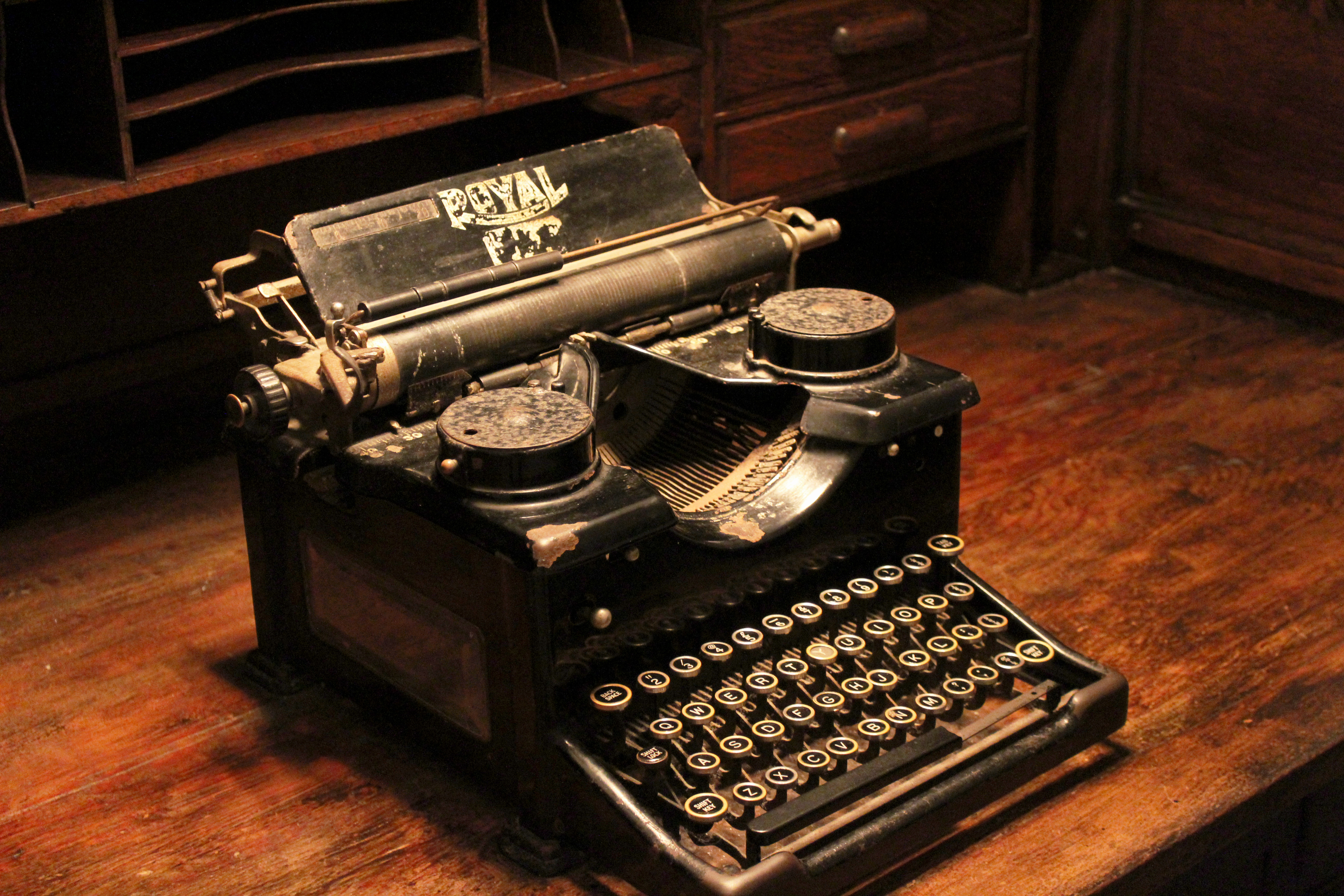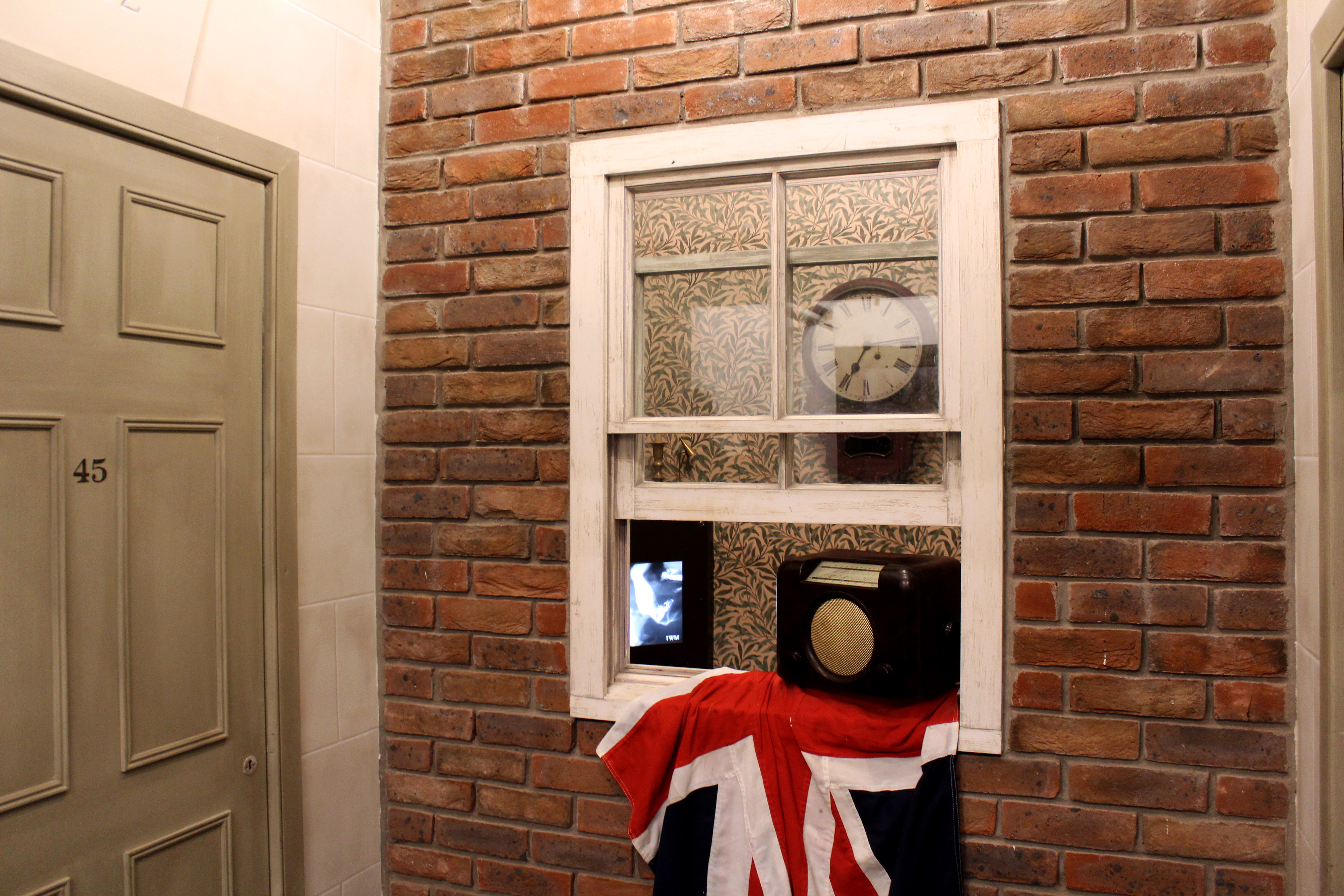For my first photoshoot I decided to go to the Jersey War Tunnels to look into the history side of photography and to see if any conventional objects where displayed from the past. Many of the displays were settings e.g. dining rooms and kitchens, linking into the theme of conventions and secrets.



In 2001, a permanent exhibit called “Captive Island” was unveiled in the tunnel complex, detailing everyday life for civilians in Jersey before, during and after the occupation of Jersey.
As restrictions and shortages increased, daily life for islanders became more difficult. The image below show the recreation of a Jersey home during the occupation gives an insight into the make do and mend mentality that kept residents going throughout these dark years.



I decided to display these images as a set of three as they present the recreation of a Jersey home from different angles. My favourite image out of the three is the third one as its the most natural looking one and doesn’t look like a artificial set. I also prefer this composition to the others as it has a main focus (the chair) and still represents the atmosphere of the room from a closer perspective. It focuses on the details of the objects in the corner rather than the room as a whole, like the details of the chair and the patterns within the image (the wallpaper etc) showing the historic side. The warm colours of the chair and fireplace contrast with the cold colours in the wallpaper creating an interesting juxtaposition, the blue colours emphasising the main focus of the image which is the furniture. The lighting in this image is artificial and is too harsh on the right side of the wallpaper, to fix this I will edit the image further to creating an aesthetically pleasing image that looks natural. The overall concept of the image is to represent daily life for islanders during the occupation and the idea that history and memories can be represented though conventional objects.
Picture below taken from https://www.jerseywartunnels.com/history-stories/spreading-the-news/

For those who listened to their hidden wireless sets in secret, repeating any thing they had heard was dangerous. Words could be whispered in open spaces where there was no risk of being overheard, but some people went a step further in their efforts to spread the latest news, putting themselves at great risk of imprisonment and probable deportation.
A local schoolmaster was able to note down BBC news bulletins and type out a summary, making copies on an old duplicating machine. If the news concerned Allied positions overseas, he would trace a map from a school atlas and make copies of that too, ready for distribution to a favoured, trusted few.
Below I have displayed some conventional objects that would be found around a home in the occupation.


In the final months of Liberation, Islanders became desperate. Food shortages were acute and with no knowledge of when the war would end, the Island entered its darkest times.
A farmer's widow One day during the Occupation, a farmer’s widow living in the country went to her shed to collect potatoes for a family meal, but was startled by an intruder. A thin, dirty man appeared out of the gloom, and looked at her imploringly, miming the act of eating - for he was starving. One of the many enslaved workers, he was clad in ragged clothes, topped with an old army overcoat. Feeling slightly nervous, she shouted at him and indicated with hand gestures that he should stay in the shed whilst she went to fetch a piece of bread - all that she could spare. When she returned, he uttered thanks in his own language, whilst stuffing the food hungrily in his mouth. With compassion she watched him eat, then with words he did not understand, and gestures, made it clear that he should go, fearful the Germans would discover her helping him. A few days later the man returned and knocked on her door. Again she gave him a little food, and he smiled at her. She was once again afraid - if discovered she would be in serious trouble. She indicated that he should leave, but he stood his ground, carefully removing a needle he had concealed in his coat collar. Grinning, he gave it to her - the only possession he had.



Although these images do not contain people it is easy to imagine families using these conventional objects and living in settings like the recreation of the living room. The fact their is no evidence of people in these photographs adds to the effect of the image like the objects have been abandoned.

9 May 1945. After five years of occupation, British forces arrived to free the Channel Islands. Scenes of happiness and relief characterised this most wonderful of days, which is still marked by a public holiday and celebrations today.

Doing a photoshoot at the War Tunnels has made me realised how the stories of those who lived around that time link a lot more into the themes secrets and conventions than i originally thought. For example, those who listened to secret wireless sets were in danger if they repeated what they heard and could only do so discretely, but some people went a step further in their efforts to spread the latest news, putting themselves at great risk of imprisonment and probable deportation. Linking to the theme of secrets as people were willing to risk their lives to spread information to others that they had discovered in secret. It also links to the theme conventions as I got to see many everyday objects that were used in homes and how many have history and stories behind them that may not be obvious at first. Also how islanders became desperate as food shortages were acute and with no knowledge of when the war would end and how they were deprived of conventions they were normal to them before.
